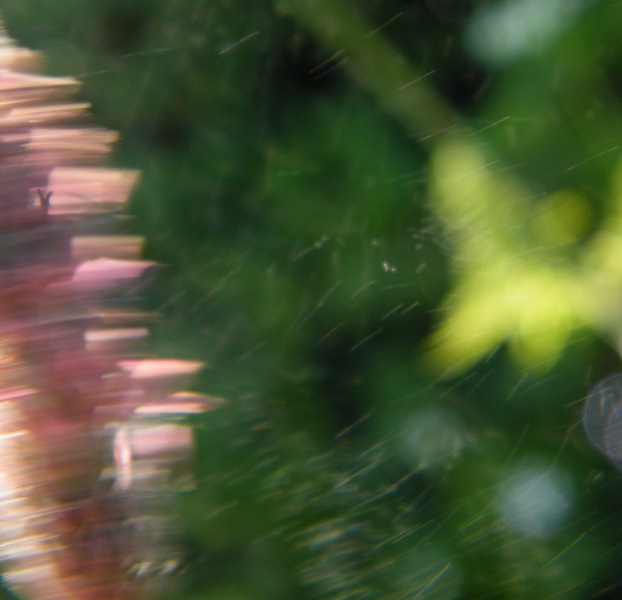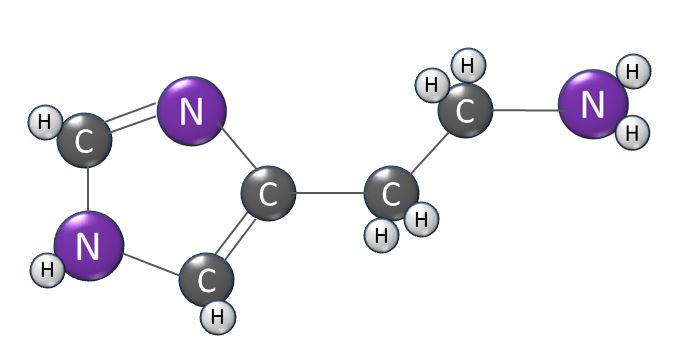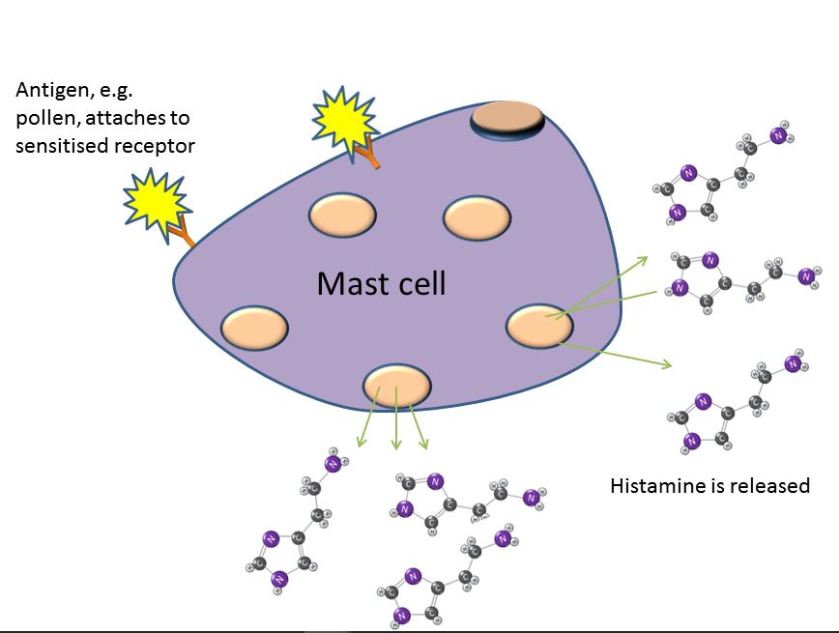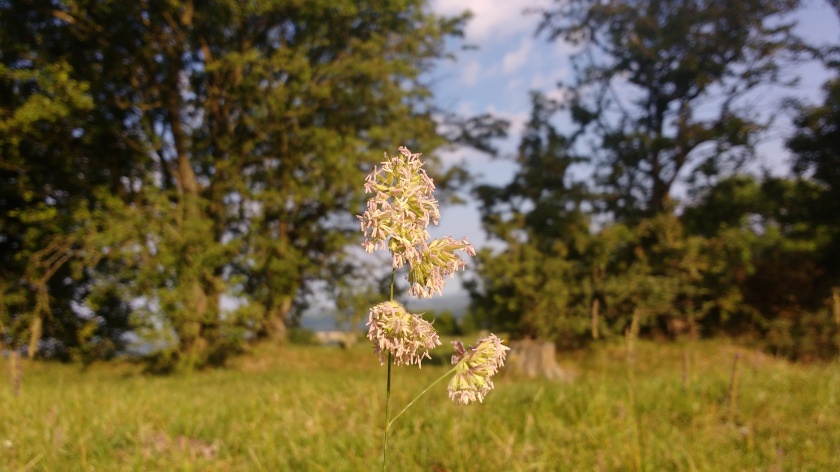
You probably know someone who suffers from allergies that result in hayfever, asthma or urticaria. It could be you. The recent heatwave in the UK has caused huge discomfort for many such allergy sufferers. A period of rain allowing lush grass growth followed by the heat has given rise to a perfect storm of airborne pollen. Antihistamines are the main pharmaceutical remedy for allergies, and I imagine they are flying off the supermarket shelves as I write. Cetirizine, Loratadine, and Acrivastine are types of antihistamine readily available in the UK.
But have you ever wondered why ‘anti-histamines’? Why is histamine such bad news for allergy sufferers, and why do our bodies produce it if it wreaks such havoc? Well, actually, our bodies need histamine for normal functioning. Histamine plays an essential role in protecting the skin, airways and digestive tract from invaders such as parasites, bacteria and viruses. It also acts as a chemical messenger in the brain, helping to keep us alert. Additionally, histamine helps to stimulate the release of stomach acid. Histamine’s role in fighting the invasion of harmful organisms and initiating tissue responses to damage is what affects so many allergy sufferers.

Mediator of protection and healing
If you cut your finger or inhale a virus into your air passages, your body needs to supply extra blood to those areas to bring in the necessary ‘weapons’ and healing substances. Release of histamine, which is stored in ‘mast cells’ in the skin and mucous membranes, makes the tiny blood vessels dilate, allowing more blood into the area. The walls of the tiniest blood vessels, the capillaries, become more permeable to allow protective white blood cells and fluid to pass into the tissues. They become ‘leaky’. This leakiness means that tissues swell with extra fluid and blood cells. In the skin, this appears as swelling and redness. In the airways, there is congestion and watery mucus appears. Itching and sneezing can occur from stimulation of nerve endings.

Harmless substances taken for pathogens
When someone has an allergic reaction, their body interprets harmless substances such as pollen as being pathogenic. At some point in the past, their immune system has become sensitised. The hygiene hypothesis proposes that children in the developed world have insufficient exposure to a wide range of harmful organisms, and a relatively ‘idle’ immune system targets harmless substances instead. Allergic reactions are most closely aligned with the mechanisms for fighting parasitic invasions, in which there is a massive release of histamine in the affected tissues.
In allergic individuals, then, histamine feels like the enemy within. The itching, soreness, sneezing, coughing and wheezing evoked by histamine release cause extensive misery, and in extreme cases an allergic reaction can be fatal.
Anaphylaxis
In extreme cases, histamine release can be deadly. If you have a severe allergy to wasp or bee stings, certain medications, or foods, for example, it may cause anaphylaxis. Overwhelming levels of histamine are released into many parts of the body within a very short time. Skin breaks out in urticaria, the mouth and throat swell, airways constrict. Rapid leakage of fluid from the capillaries into these body tissues can cause a fall in blood pressure, leading to fainting. All these effects combine into anaphylactic shock, which is life threatening. The main lifesaver is an injection of adrenaline, which counteracts the most damaging effects of histamine. You may be interested in this informative video featuring Anaphylaxis Campaign Professor John Warner OBE:
https://www.youtube.com/watch?v=rlMYStReFL8
Mast cells
A discussion of hayfever feels quite mundane after contemplating anaphylaxis! It is worth taking a closer look at the mast cells before a final thought about antihistamines. Mast cells are made receptive to allergens (which act as antigens – something that triggers an immune response) by antibodies attaching themselves to the cell. Once triggered, the mast cell releases histamine into the surrounding tissues. Most of the time, this is a local response in the air passages or a certain place on the skin. In anaphylaxis, mast cells are triggered on a large scale.

The blood-brain barrier
You remember I mentioned that histamine acts on the brain to help us stay alert? Presumably, then, antihistamines interfere with this? I remember as a child feeling privileged that my GP took the trouble to explain to me why the antihistamines I was taking made me feel sleepy. Luckily, for those hayfever sufferers nowadays who drive or operate machinery or are doing exams and so on, pharmacologists have developed modern antihistamines to minimise the effects on the brain. They have taken advantage of something known as the ‘blood-brain barrier’, identified in 1913. Modern antihistamines are barely able to pass from the blood into the brain through the blood-brain barrier, and therefore have almost negligible effects on a person’s wakefulness.
It’s quite a simple idea to grasp, although very complicated in detail, and still the subject of intense research. In short, the blood-brain barrier is a unique physical and chemical structure in the body that keeps the majority of the substances carried by the blood out of the brain. It will allow, for example, glucose, oxygen, amino acids, hormones and anaesthetics to pass through, but not antibodies, toxins and bacteria. Although alcohol can be considered a toxin, it is small enough to slip through the blood-brain barrier. If scientists could prevent alcohol passing into our brains, I wonder if this would increase or decrease our consumption?
I wish all you allergy suffers some respite from the sneezing, itching and wheezing this summer!

